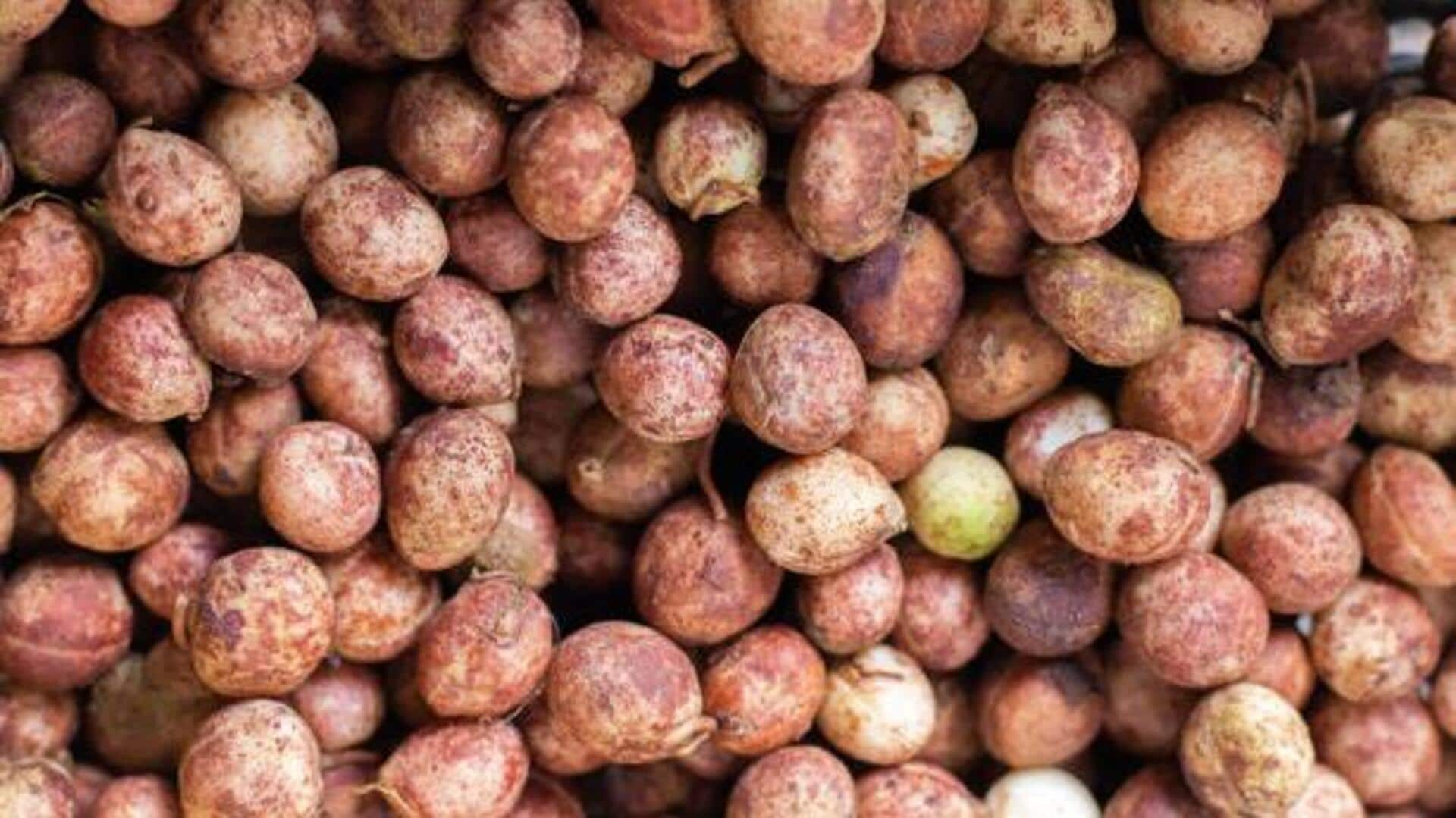
Bambara groundnut: An underrated superfood
What's the story
Bambara groundnut, an African legume, is attracting attention for its health benefits and sustainability. Known for thriving in harsh climates, the crop offers a promising solution to food security issues. Packed with protein and essential nutrients, it boosts human health as well as sustainable agriculture. Here's taking a look at the unique qualities of bambara groundnut, its cultivation methods, nutritional profile, economic potential, and tips on including it in diets.
Climate adaptation
Resilient crop for arid climates
The bambara groundnut thrives in arid conditions where other crops struggle to grow. Its ability to grow with minimal water makes it an ideal crop for regions facing droughts. The deep root system of the plant helps it draw moisture from deeper soil layers. This resilience not only ensures food production during dry spells, but also contributes to soil health by fixing nitrogen naturally.
Health advantages
Nutritional powerhouse benefits
Bambara groundnut is loaded with essentials like protein, fiber, iron, and calcium. It delivers a well-rounded amino acid profile that facilitates muscle growth and repair. The high fiber content also promotes digestion and gut health. Further, its low glycemic index makes it perfect for keeping blood levels in check.
Income generation
Economic opportunities for farmers
Cultivating bambara groundnut ensures huge economic benefits for smallholder farmers throughout Africa. The growing global demand (due to its nutritional value and sustainability) provides these farmers with new markets. The crop requires low input, which cuts down costs considerably, but still provides competitive yields in comparison to other legumes. This makes it an attractive option for boosting farmer incomes while encouraging sustainable agriculture.
Culinary tips
Incorporating bambara groundnut into diets
Adding bambara groundnut to daily diet can be easy and healthy. It can be boiled or roasted for a snack or used in soups and stews to increase protein content. Ground into flour, it can be used as a substitute ingredient for baking bread or preparing porridge dishes common across different cultures around the world.